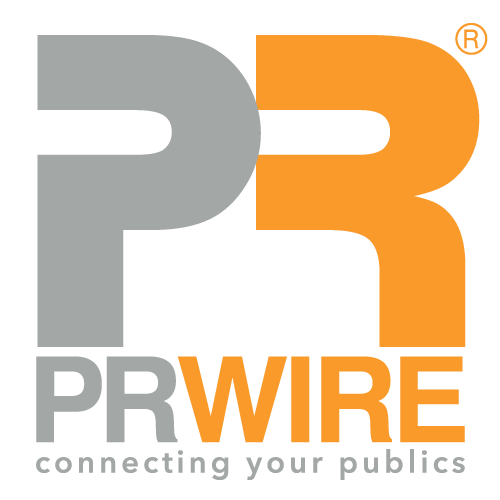Most companies heavily practice Diversity and Inclusion concepts within their workplaces. While I am grateful and appreciate your commitment, this is a quick note to double back and evaluate whether you are really, truly inclusive.
Inclusive language assists us to show our respect to each other and build confidence in each and every individual to be authentic at all times.
Yes, you may treat all employees equally but do you really talk to them on equal grounds? Do you still greet your team members as ‘Good Morning Ladies and Gentlemen!’ or ‘Hello Guys’?. If yes, it is high time to avoid using gendered language. Instead, you could always say ‘Good Morning Team’ or ‘Hello Everyone’ – although the word ‘guys’ is considered uni-sex since the recent past, it is always appropriate in a work setting to avoid such, as most people automatically think of a male companion at the sound of the word.
This does not apply only to the employees, but also to all the stakeholders at large.
For an instance, at a job interview do you ask questions like “why do you want to join our company?”, “what is your current salary?” or “what are your weaknesses?”. These imply that you are ignorant and self-centered. These questions can simply be rephrased to sound gender neutral, similar to “what will you bring to the table?”, “what areas would you like to improve on while working with us?”etc. Strike out the “what is your current salary?” question entirely because that should not be of any business of an employer. You may always inquire from a candidate what their expected remuneration is and tell them what your reasonable offer is for the set job role.
This might sound very basic but I have come across instances where some organizations give high priority to the English language, which is considered to be the second language in Sri Lanka, in most of their communication mediums. The management of any organization should always keep in mind that notices or big announcements should always address all stakeholders of which, some individuals would be more comfortable with communicating in Sinhalese or Tamil. This is very important to show all the team members that they are included and also show the stakeholders that they all belong as one.
In your day to day vocabulary in stakeholder communication, ensuring that you use gender neutral terms is highly important to maintain an effective inclusive work environment. For an instance, you can always use the word ‘underrepresented’ instead of ‘minorities’ in your communique of a CSR initiative or wherever appropriate. Inclusive language should be given high priority when drafting policies or communication in relation to such policies. There are many ways and platforms to educate oneself on proper use of inclusive language and I personally believe that all team mates should be educated on this in order to ensure that all team members are onboard with being truly inclusive. Inclusivity is not a tier by tier practice but should be practiced equally among all levels of the company.
Putting people first, not only when it comes to actions but also when communicating, adds great value in inclusive language. For instance, instead of saying ‘a female accountant’, you can always say ‘team mate in our accounts division’ or instead of saying ‘a disabled employee’, you may say ‘a team mate who is dis-ABLED’. It shows that the person is more important than the adjective that describes him or her.
One should always be alert to ensure that all communication mediums use a language that creates an atmosphere of belonging, fairness and positivity while ensuring there is no emotional tax imposed on any stakeholder. On a lighter note, irrespective of in-depth use of inclusive language, one might still continue to offend another. Therefore, you may weigh your target audience and be mindful of the use of language as appropriate and avoid value-laden words at all times. Trying your best to ensure that inclusive language is given top priority in your diversity and inclusion practices represents your work culture’s commitment to respect all living beings. Language is powerful – may be more powerful than the action it tags along. Use that power to spread positivity by creating a workplace where all individuals are warmly embraced and felt supportive.
Call: 074 442 0016




